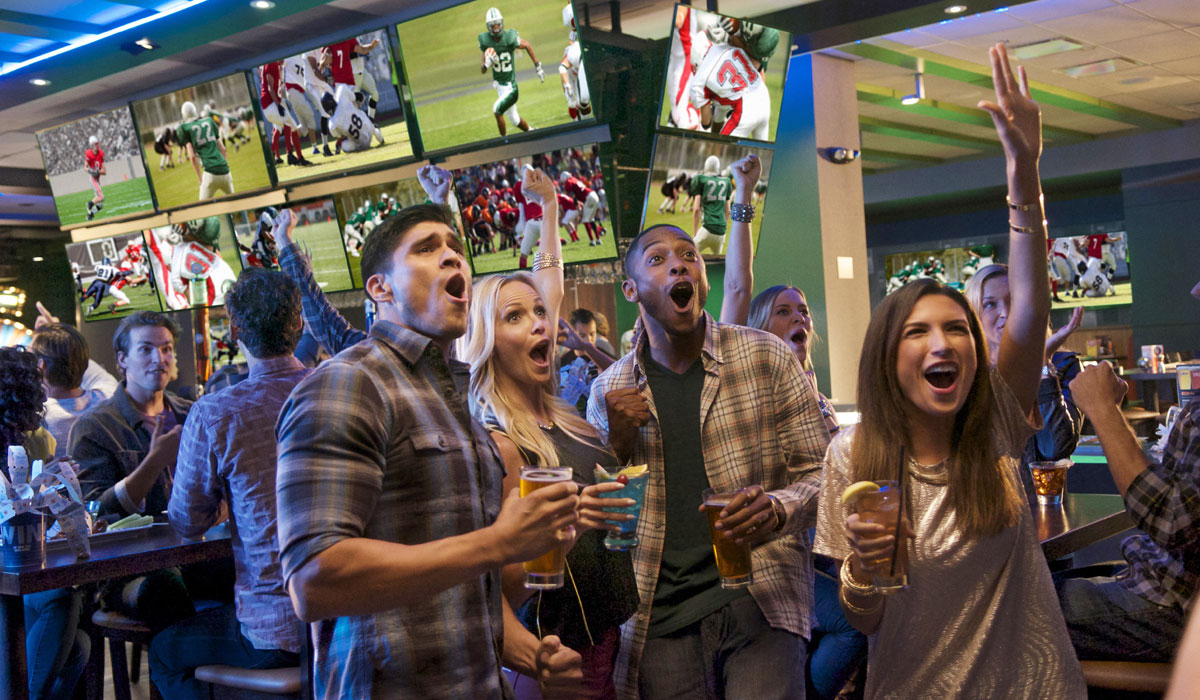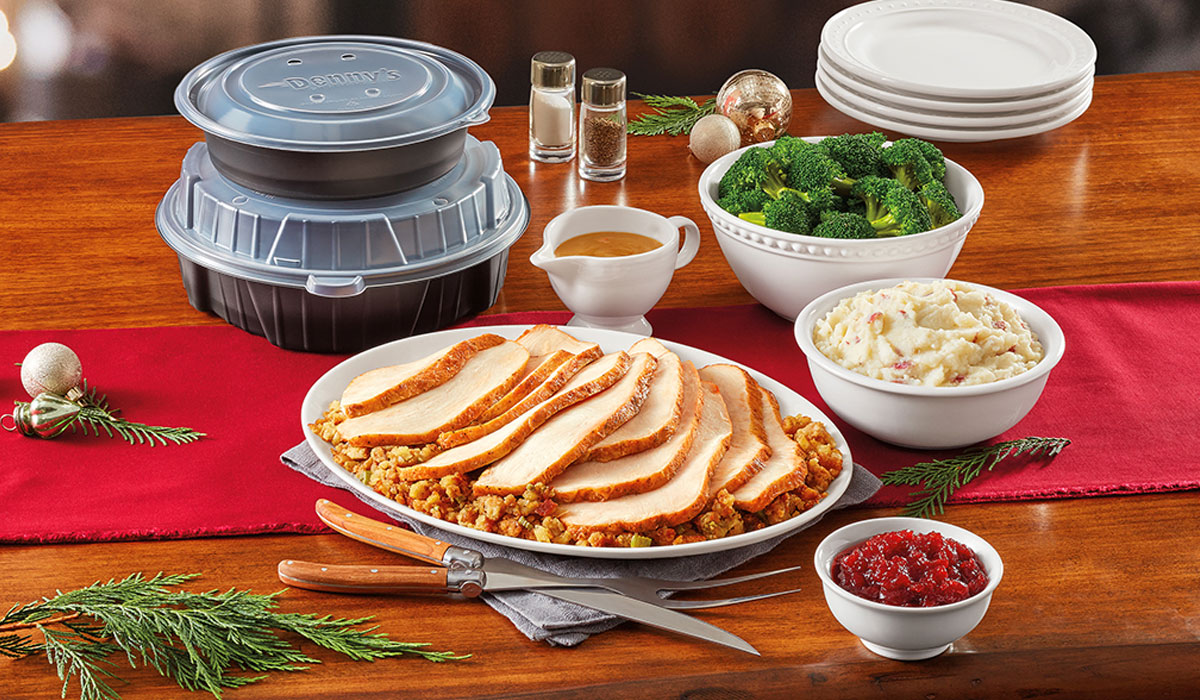








Kura Sushi
Kura conducted a “very serious” hiring effort in mid-May in anticipation of California fully reopening in mid-June. To be more competitive, the chain made it so referral bonuses were paid upfront as opposed to dispersed over a couple of months. The initiative was effective, and Kura was able to fill all the necessary positions for California stores to operate normally.
Excluding a $5.8 million employee retention credit and $700,000 in retention and new hire bonuses, labor and related costs would have been 36.6 percent in Q3. Pre-pandemic, Kura’s labor rates ran in the low-30s range, but with so much hiring lately and the influx of new employees, it will take time to reach peak efficiency. But CFO Steven Benrubi said he expects to return to pre-COVID levels.
“Labor may run a little bit more elevated for a period of time, but eventually getting back in that low-30s neighborhood is our target,” Benrubi said. “There is some inflationary pressure in categories, like dish washer wages for instance. But we still believe that over time we can work our way to a pretty similar kind of labor leveraging, both with the sales recovery and continuing improvement on efficiencies in the restaurants.”
Download our report, The Restaurant Guide to Surviving the 2021 Staffing Shortage, featuring 24 actionable ways you can beat the labor crisis.
Dave & Buster’s
The eatertainment chain earmarked roughly $5 million in Q2 for hiring programs and retention initiatives. The company said in early June that it has a little less than 12,000 employees on payroll, compared to roughly 14,000 pre-pandemic. COO Margo Manning said with markets pulling back on stimulus, Dave & Buster’s is seeing a significant increase in application flow and individuals accepting offers and showing up to work. The impact of the brand’s referral program is starting to take hold, too.
The chain has lightened its labor pressure by providing customers with more control over their in-store experience. This means a new service model, tablets, and a mobile web platform that allows for contactless payment. Last month, more than half of the chain’s system was leveraging the new service setup to expand the size of server sections and reduce staffing levels. A systemwide deployment is planned for July.
“The new technology that we’re rolling out and the new service model has been really powerful for us,” Manning said at the time. “It’s allowing us to operate more efficiently. … The teams like it, the technology is pretty easy for the guests to acclimate to. So we’re really encouraged about the combination of all of those things coming together to help make this staffing situation better for us in the upcoming months.”
Download our report, The Restaurant Guide to Surviving the 2021 Staffing Shortage, featuring 24 actionable ways you can beat the labor crisis.
UNO Pizzeria & Grill
UNO Pizzeria & Grill announced recently that it will provide restaurant general managers with two round-trip airline tickets to travel anywhere in the continental U.S. As part of the benefit, general managers must travel by the end of December, and the company is encouraging employees to post pictures of their travels on its internal social media site. Other manager-level employees at the restaurant level will receive travel vouchers and additional rewards.
“We really wanted to acknowledge and reward our hardworking restaurant management staff for their contributions during these challenging times,” said CEO Erik Frederick. “From working around various operational issues and staffing shortages to keeping restaurants COVID safe among the ever-changing health standards, we figured what better way to thank them but to offer them an experience-based bonus?”
Earlier this year, the chain created an internal concierge service that helped employees secure and attend vaccine appointments. The help desk was bilingual, and affected company-run stores, as well as franchises, the UNO Foods manufacturing plant in Massachusetts, and the corporate office. The program was composed of employees who volunteered to set up appointments and sit side-by-side with coworkers while they searched for information. Within only a few days of the service operating, UNO helped 87 percent of its employees secure an appointment. To further encourage vaccinations, UNO has provided $50 gift cards to those that receive doses.
Download our report, The Restaurant Guide to Surviving the 2021 Staffing Shortage, featuring 24 actionable ways you can beat the labor crisis.
Cracker Barrel
In late May, Cracker Barrel CEO Sandy Cochran said 10 percent of its footprint is designated as a “critical” situation and another 25 percent is labeled as “concerning.” Combined, that’s roughly 230 stores broadly based across the country.
In response, Cracker Barrel implemented a number of initiatives to recruit talent. One is a big program to contact former employees, which would speed up the onboarding process. For some of the most challenged stores, the chain set up a “centralized staffing function” to supplement the work being done at the store level. In terms of retention, operators have utilized employee referral programs, competitive wages and benefits, guaranteed bonuses, shift meals and perks in the kitchen—anything to prove Cracker Barrel is an employer of choice.
To mitigate labor pressures, the brand is focusing on cross-training employees and leveraging its digital store, which allows customers to pay online. Cochran also mentioned a new food system and labor system that streamlines and simplifies the work managers do to run restaurants. Cracker Barrel is giving field leaders “a lot of latitude” in regard to how they manage the business with labor constraints, whether that’s closing front porch dining or even temporarily shutting down the dining room.
Download our report, The Restaurant Guide to Surviving the 2021 Staffing Shortage, featuring 24 actionable ways you can beat the labor crisis.
Boston’s Pizza Restaurant & Sports Bar
Brand President Jeff Melnick told FSR in late May that “everything you read and hear is true.” He said every restaurant is understaffed and having trouble finding people to apply, let alone work. It’s the one and only consistent topic he goes over with franchisees.
“We have restaurants that are not able to open for lunch or are closed certain shifts each week, so that they can staff their busiest shifts,” Melnick said. “The unfortunate part is that guests are so excited about being out, that they then visit a restaurant that has closed sections, or the service is not what it should be due to staffing. Most guests are understanding. We have some magnificent team members that are exhausted. They are making fantastic money, but they are tired. This too will pass, but I ask that everyone is understanding over the next few months.”
To assist with the shortage, the restaurant signed a partnership with talentReef, a HR and talent management system that will integrate with Boston’s website to provide increased efficiency for its recruitment and hiring process. For prospective employees, it expedites the application process by offering QR code scanning and text-to-apply options that are tailored to location-specific positions.
Download our report, The Restaurant Guide to Surviving the 2021 Staffing Shortage, featuring 24 actionable ways you can beat the labor crisis.
Denny’s
For the past several months, Denny’s has encouraged franchisees to return to 24/7 operations to bolster sales. However, the brand has found that to be difficult with nationwide labor shortages. In late June, Denny’s set a goal to hire 20,000 restaurant-level employees at corporate and franchised-operated restaurants in the U.S. To help with this, the brand held an America’s Diner Hiring Tour from June 28 through July 2. The chain also launched a new website to make it easier for prospective employees to apply.
During the tour, Denny’s traveled Route 66 from St. Louis to Los Angeles to help people apply for jobs, including multiple stops in Oklahoma City, Oklahoma, Albuquerque, New Mexico, and Flagstaff, Arizona. To make the invitation more enticing, Denny’s distributed its new Red, White, and Blue Pancake Breakfast to all applicants from its 53-foot food truck.
The chain is optimistic about sales trends improving as more 24-hour units come online, however the brand cautioned that costs associated with recruiting, hiring, and training new employees may proceed additional sales growth, and potentially have a temporary impact on margins.
Download our report, The Restaurant Guide to Surviving the 2021 Staffing Shortage, featuring 24 actionable ways you can beat the labor crisis.
Cameron Mitchell Restaurants
Originally, founder Cameron Mitchell set out to create a restaurant company that was employee-driven, built by its people for its people, group president and COO David Miller said. The concept has kept that promise during the COVID pandemic. For six weeks during COVID, CMR shut down. Slowly, the company began to reopen and gifted employees with proceeds from gift cards and a $600,000 fund for groceries. The company also continued to pay insurance for furloughed employees who qualified.
Some of the notable incentives of working at a Cameron Mitchell restaurant are referral bonuses, 50 percent off discounts, closed seven major holidays, 401K, health benefits, relocation benefits, competitive wages for non-tipped associates based on their experience, anywhere from $15–$25-plus/hour depending on the position and location, and $500 signing bonus at select locations. Cultural benefits include president’s roundtable, cabinet meetings (hourly associates’ meeting with general manager), pulse surveys, onboarding surveys and exit interviews, culture club events companywide, and leadership conferences throughout the year for every level of management.
“You go through a horrific thing like COVID, it does one of two things,” Miller said. “It either brings your team closer together or pushes you apart, and our culture has brought us closer together.”
Download our report, The Restaurant Guide to Surviving the 2021 Staffing Shortage, featuring 24 actionable ways you can beat the labor crisis.
Darden Restaurants
CEO Gene Lee said in late June that Darden isn’t facing systematic issues with staffing. Part of that is due to the significant investments Darden has made in team members. The company invested roughly $17 million to give one-time bonuses to nearly 90,000 hourly workers at company-run restaurants. And in March, tipped and non-tipped employees started earning at least $10 per hour, including tipped income. The wage will rise to $11 per hour in January 2022 and $12 per hour in January 2023. On average, hourly workers earn more than $17 per hour, including servers and bartenders, who earn more than $20 per hour.
In addition to that employment proposition, there’s the ability to grow as Darden promotes 1,000 team members per year into management. The chain actually hit a record number of hires during its recent quarter. Darden was also among the first major restaurant companies to provide incentives for vaccinations. In late January, Lee told employees at company-run stores that they will receive two hours of pay for each dose.
“I think that we’re in great shape from an employment standpoint,” Lee said in June. “We’ll continue to invest, we’ll manage, we’ll do great salary administration, ensure that we are paying competitive wages. And I think that we have the flexibility to manage the wage inflation because of our margin structure. And combined with our pricing philosophy, I think we have some room there, if need be, to offset that and to be able to increase wages if we need to.”
Download our report, The Restaurant Guide to Surviving the 2021 Staffing Shortage, featuring 24 actionable ways you can beat the labor crisis.
On The Border
During the pandemic, On The Border’s general managers, area directors, and president and COO Tim Ward traveled to stores and sat down with frontline workers. They asked not just what they need, but also if they had any friends they knew who wanted a job.
It created $250–$500 sign-on bonuses (depending on the title and need of the restaurant). It also made sure general managers were taken care of. As important as they were during the depths of COVID’s skeleton crews, they’re equally vital now in retaining and recruiting, and also just making sure stores can run with less when needed. Ward said more than 70 percent of general managers are hitting or maxing bonuses.
“We’ve got a culture of winning and telling them thank you by saying, we know you’re working hard, so here’s s a little extra money,” he said.
“I am available to every employee, every general manager, every area director,” the executive continued. “Any time they have good, bad, or just feedback they want to give me to help this brand, I love it. I’m passionate enough that I’m willing to listen, and I not only want to hear it, I put it back in their court. I expect them to tell me what we can do better.”
Download our report, The Restaurant Guide to Surviving the 2021 Staffing Shortage, featuring 24 actionable ways you can beat the labor crisis.
Weathering the Workforce Shortage
At full-service chains, sales are approaching—and even passing—pre-pandemic levels due to pent-up demand.
Marketing software company Zenreach found that nationwide restaurant foot traffic has increased 52 percent since the start of 2021. San Jose, San Diego, Los Angeles, Denver, and New York City have all seen growth of at least 130 percent. But at the same time, restaurants are having trouble fully staffing locations. The industry tacked on 253,200 jobs in July, according to the Bureau of Labor Statistics. However, food and drink places are still 1 million workers below February 2020. The number of job openings across the U.S. reached a record-high 10.1 million on the final business day of June.
Many operators have suggested the weekly $300 unemployment enhancement has been the source of the labor crisis. To encourage more into the workforce, more than half of states have ended the monetary boost prior to its expiration date in early September. But economists from Goldman Sachs and Bank of America believe the removal of these benefits has not had a major effect on the labor shortage, according to Reuters.
In the face of crisis, brands have touted their incentives and implemented a multitude of strategies to recruit and retain talent. Here’s how nine restaurants—large to small—are gripping with one of America’s biggest headwinds.
Download our report, The Restaurant Guide to Surviving the 2021 Staffing Shortage, featuring 24 actionable ways you can beat the labor crisis.









